17 St. Patrick’s Day Secrets and Celebrations
As millions of pints of Guinness are raised worldwide on St. Patrick’s Day, spare a wee thought for the saint and the tradition he inspired. SPYSCAPE has put together 17 surprising and scurrilous stories for you to share with friends as you raise a glass of Black Gold and toast St. Paddy.

1. St. Patrick was actually born in Britain
Historians believe St. Patrick was born in Britain near the end of the 4th century but here’s where it gets interesting. At the age 16, he is believed to have been kidnapped by Irish raiders who sold him in Northern Ireland as a slave to a Celtic priest. After toiling for six years as a shepherd, Patrick escaped back to Britain but the pull of the Emerald Isle was too strong. He eventually returned to Ireland as a Christian missionary.

2. St. Patrick heard voices
While chasing sheep on the hills, Patrick prayed 100 times a day - even in Ireland’s rainy climate. One evening, according to the legend, a mysterious voice called to him, saying, “Look, your ship is ready!” Patrick knew his prayers had been answer. The time was right for his escape from slavery.
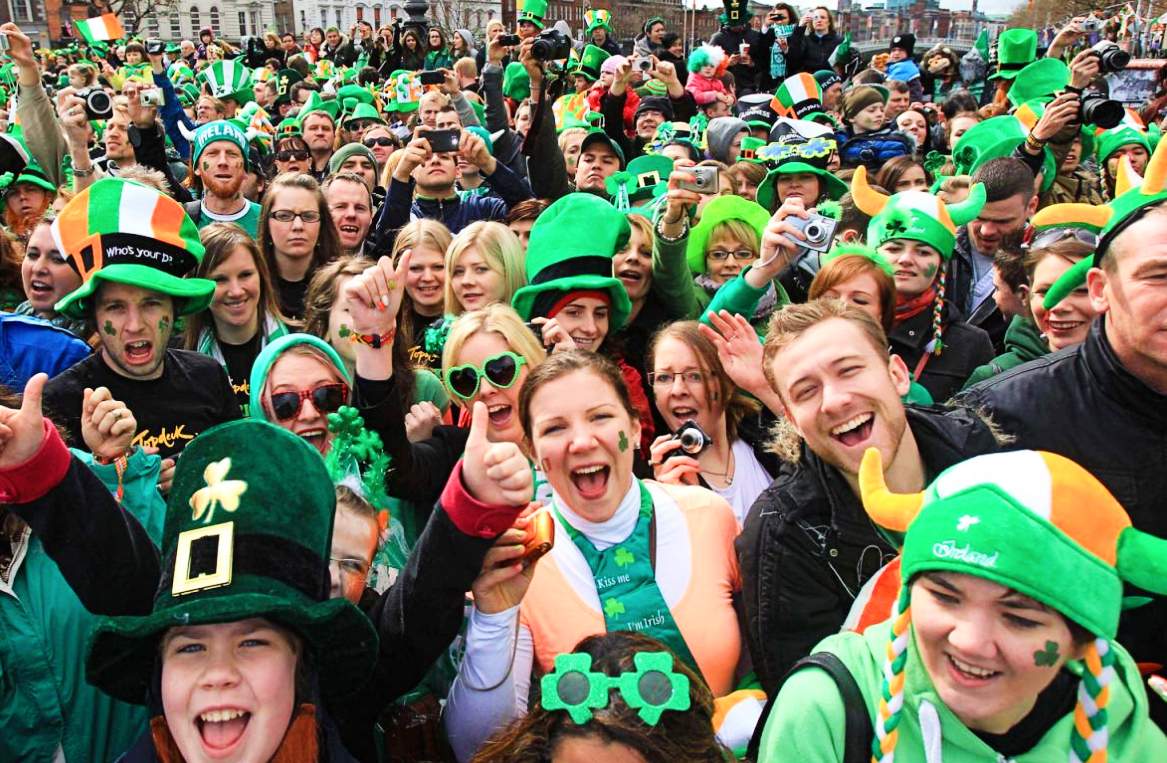
3. Americans started the parade tradition
The St. Patrick’s Day parade tradition began even before the US even signed the constitution. Historical records indicate a St. Patrick’s Day parade was held March 17, 1601 in a Spanish colony (what is now St. Augustine, Florida) and organized by Irish vicar Ricardo Artur. By 1737, homesick Irish soldiers serving in the English military marched in Boston and New York City parades and the enthusiasm soon spreading from there. Parades are now held anywhere from Sydney, Australia to Buenos Aires, Argentina and, of course, Dublin, Ireland.

4. Guinness, aka, the Black Gold, is actually Ruby - and we drink a lot of it March 17
Some 13m glasses of Black Gold are raised on March 17 and the tradition of drinking Guinness on St. Patrick's Day dates all the way back to 1759 in Ireland. (It was first imported to the US in late 1817.) The design of the Guinness harp is based on that of Brian Boru, the high king of Ireland in the 11th Century. In many ways, it represents Irish unity, freedom, and expression. While it is sometimes called the Trinity College Harp, the major difference between the Brian Boru harp and the Guinness logo is that the flat edge of the Guinness harp is on the left, while the flat edge of the Brian Boru Harp is on the right. It probably looks the same after a few pints though. Cheers!
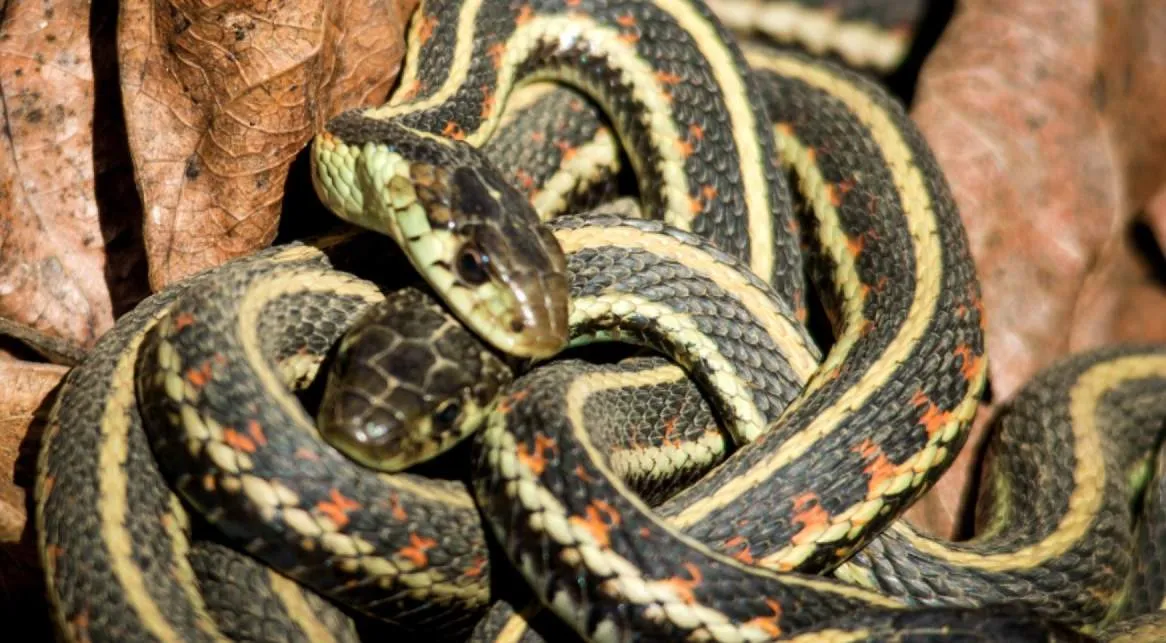
5. St. Patrick wasn’t really abolishing snakes
Although St. Patrick is sometimes depicted with his foot on a snake, the reality is that the legend about St. Patrick standing on an Irish hillside and banishing snakes from Ireland is quite possibly just a tall tale. Research suggests snakes never occupied Ireland in the first place, which is a good thing for saints and sinners.

6. St. Patrick contributed a considerable amount to Ireland and the Catholic church
Born in Roman Britain in the late 4th century, St. Patrick returned to Ireland about 432 CE to convert the Irish to Christianity. By the time of his death - on March 17, 461 - he’d established churches, schools, and monasteries. Ireland came to celebrate the anniversary of his death with religious services and feasts.
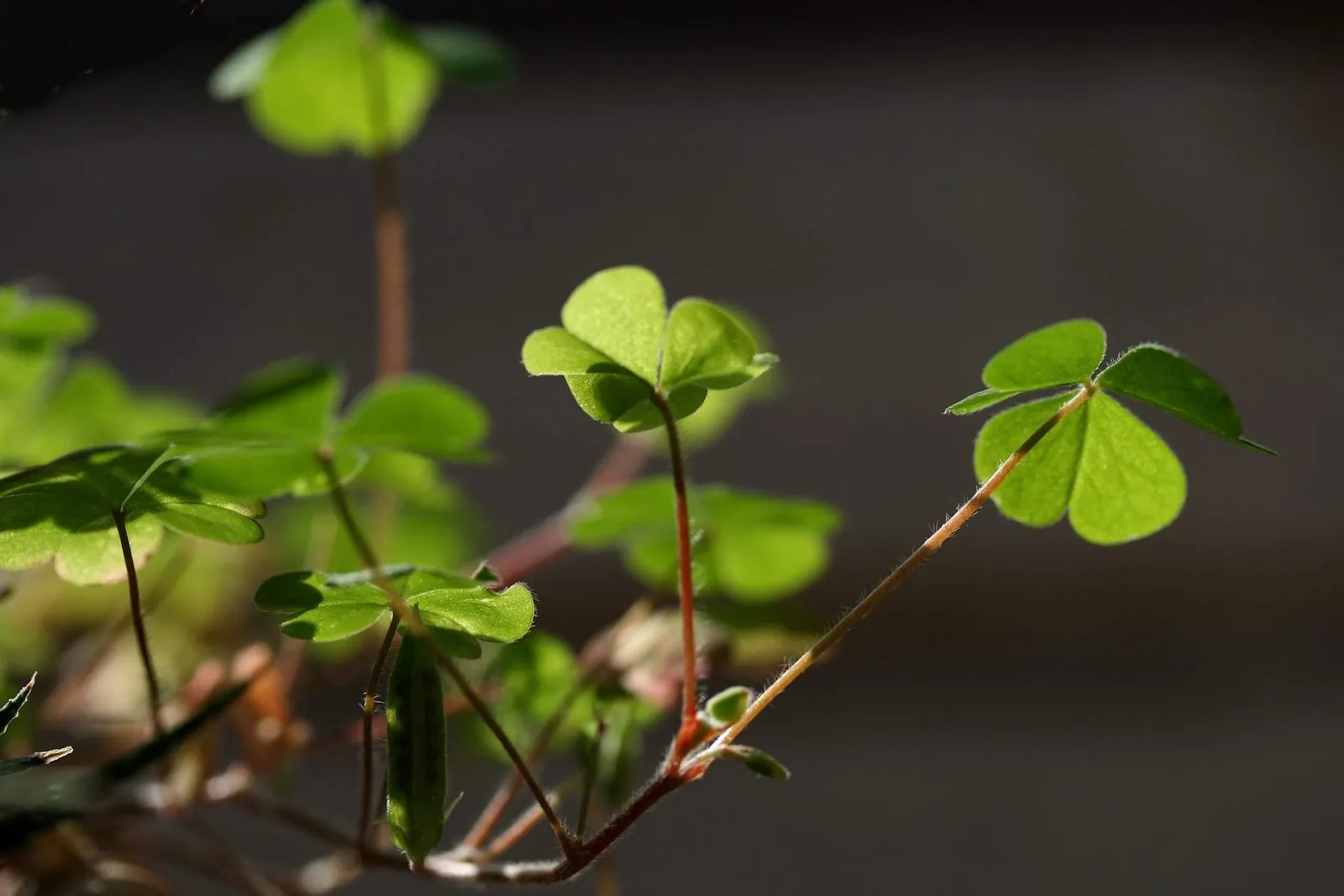
7. St. Patrick, the Patron Saint of… Nigeria?
Ireland isn’t alone in considering St. Patrick as its patron saint. Irish bishops in Nigeria adopted him as the country's patron in 1961, the same year Ireland opened its Lagos embassy. The Irish have a long history in Nigeria dating back to the 1920s, when Irish priests of the Order of the Holy Ghost established their mission in southern Nigeria. Later, the St. Patrick's Society for Foreign Missions became one of many Catholic groups in Nigeria providing education.
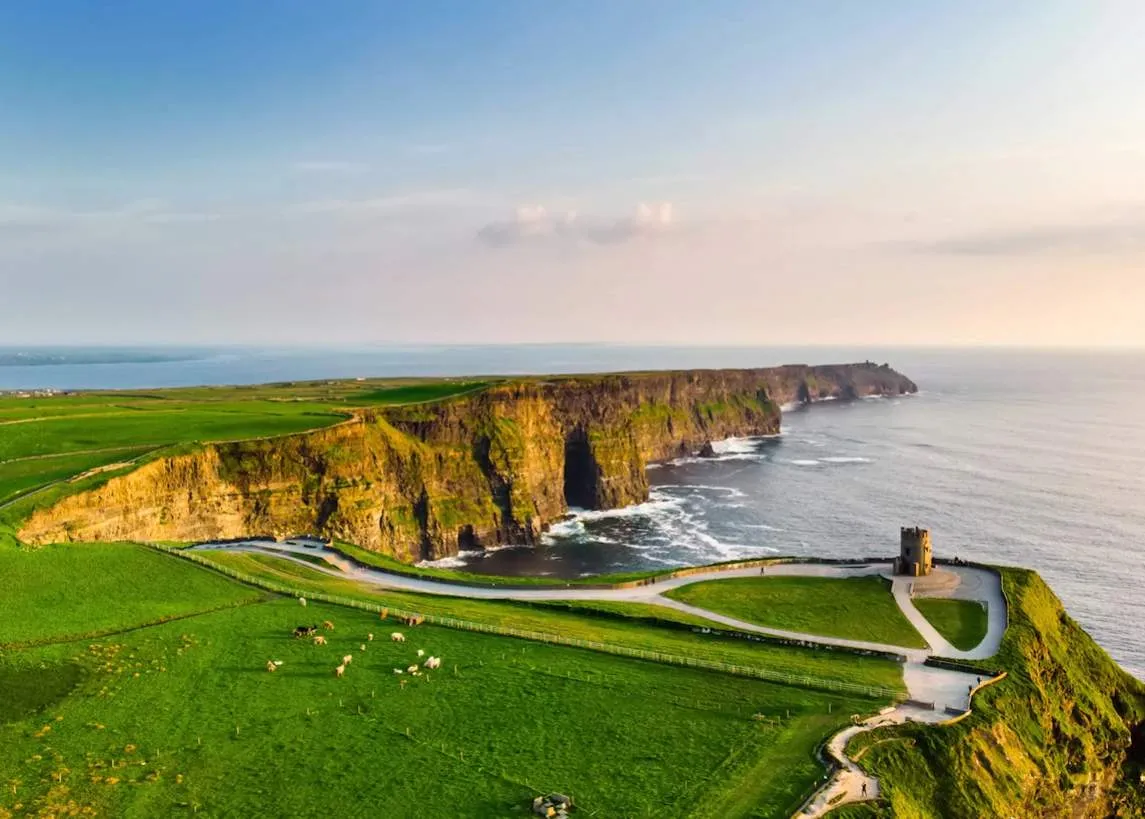
8. Patrick is believed to have fought the Druids in magical duels
As Patrick’s story grew far and wide, fans wanted a bit more action added to the history. Two centuries after his death, a legend written in 700 A.D. described Patrick’s contest with native religious leaders, the high-ranking Druids. It seems they engaged him in magical duels in which they competed to manipulate the weather, destroy each other’s sacred books, and survive raging fires. As the story goes, one Druid dared to blaspheme the Christian God, so Patrick sent him flying into air, leaving the man to drop to the ground and break his skull.
"The brand new social experience where you activate your gaming skills as you train like a spy."
- TimeOut
Take on thrilling, high-energy espionage challenges across different game zones.

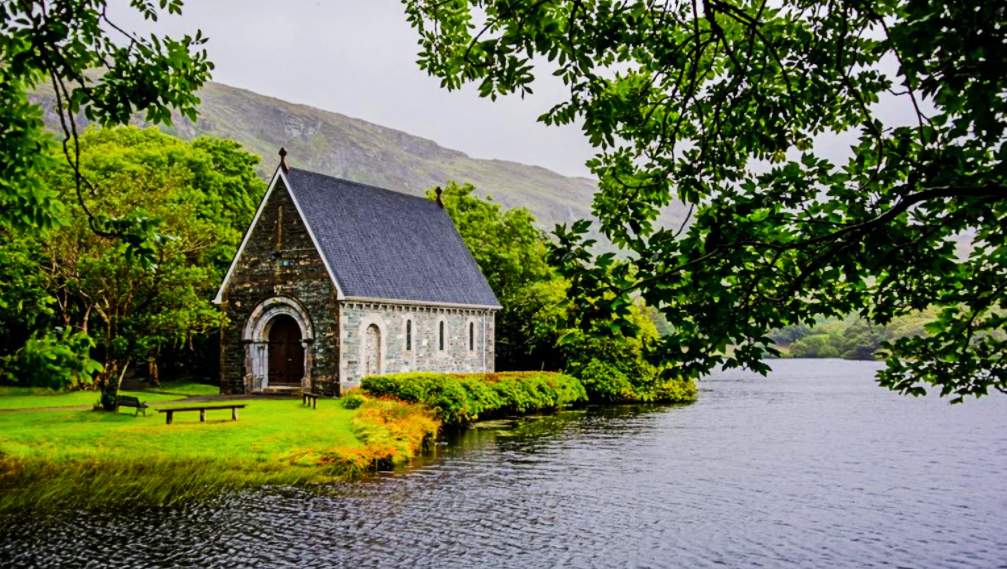
9. The Celtic priesthood consisted of Druids, Bards, and Vates
The Druids were high-ranking professionals seen as religious leaders, lawyers, adjudicators, doctors, and political advisors. Their decisions permeated all levels of the society. Their training could take up to 20 years and consisted of memorizing verses. Doctrine prevented them from recording knowledge in written form, so little is known about Druid lore.
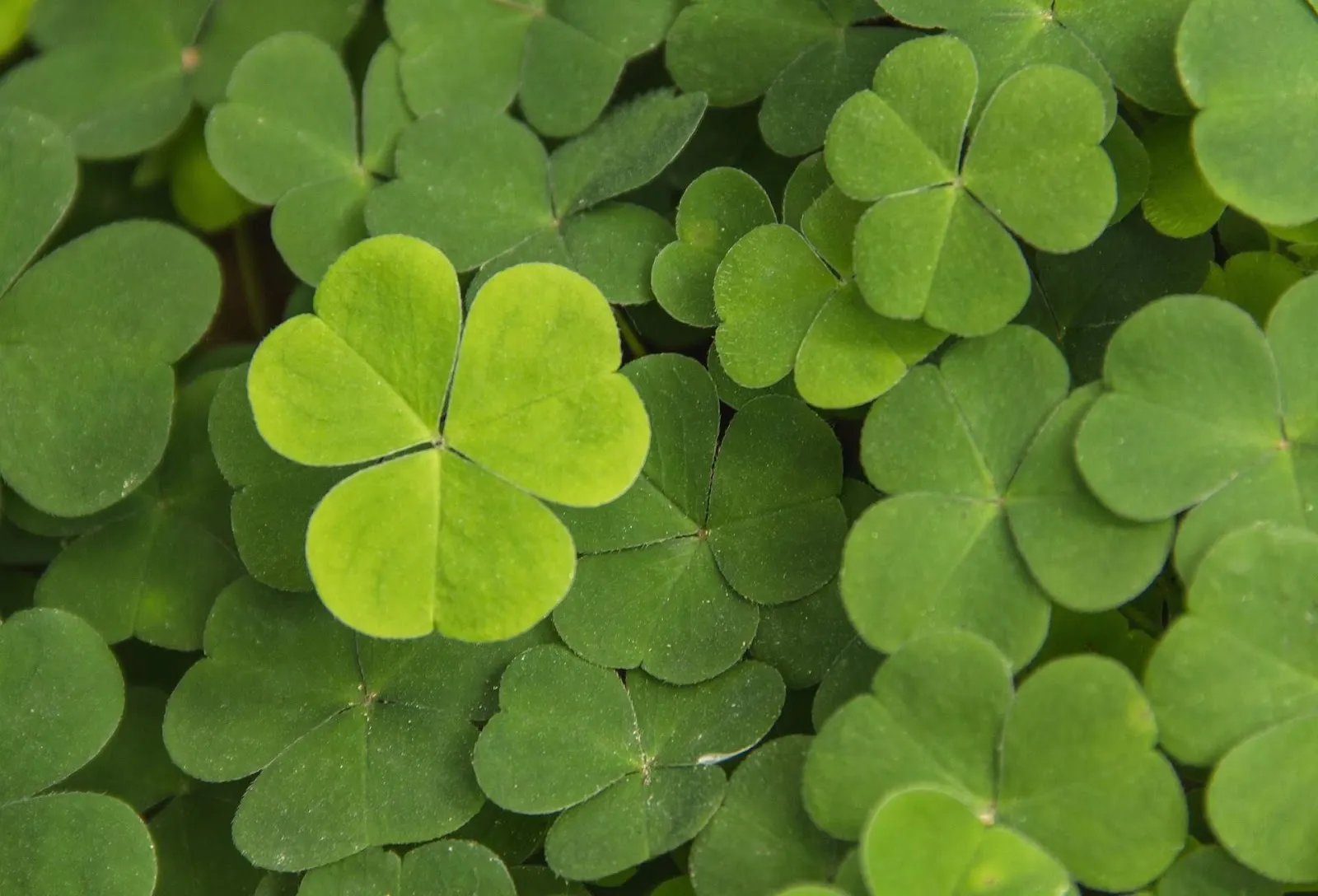
10. St. Patrick is associated with the shamrock & the Holy Trinity
Many legends grew up around St. Patrick, including that he used the shamrock to explain the Trinity. Historians debate whether that is true or not, but what is known is that St. Patrick's Day participants wear the shamrock out of tradition. Botanists consider the Trifolium dubium - the wild-growing, three-leaf clover - as the ‘official’ shamrock, so you don’t want to be caught with what the Irish Times terms “bogus shamrocks” (the perennials Trifolium repens and Medicago lupulina).

11. Chicago’s Green River started with plumbers
Chicago has colored its river green since 1962 to mark the holiday, a tradition started by the city’s plumbers who used a bright green dye to identify leaks in pipes. It takes a six-person team about two hours to dump 40 pounds of dye into the river, turning it Emerald. While the dye only lasts a few hours in the water, 400,000 residents turn out to see the transformation. Spectators even board tour boats and rent kayaks to get an up-close look at the lime-green waters.
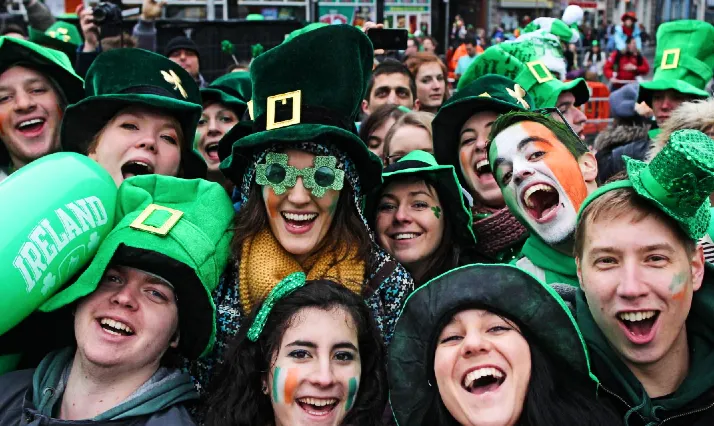
12. The ‘wearing of the green’ was once actually blue.
Much like in Ireland - Irish descendants and those who consider themselves Irish for the day are usually ‘wearing the green’ - green clothing or a shamrock in their lapel. Even beer is sometimes dyed green to celebrate St. Patrick’s Day. The earliest depictions of St. Patrick showed him clothed in blue garments, however, and when George III created a new order of chivalry for the Kingdom of Ireland - the Order of St. Patrick - the official color was a sky blue, known as ‘St. Patrick's Blue’. The color green began taking over between the 17th and 18th centuries with the United Irishmen of the 1798 Rising using green to differentiate themselves.
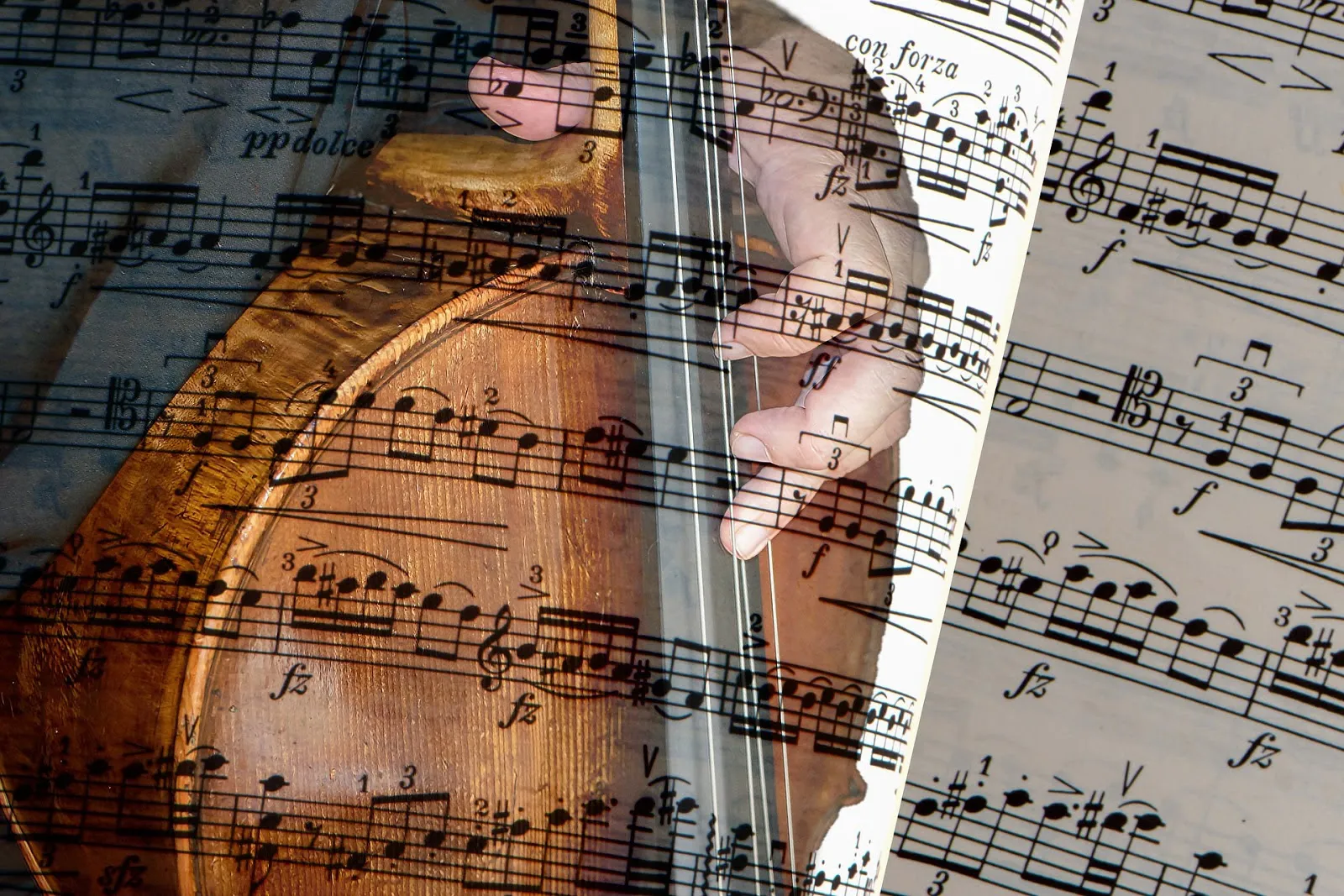
13. St. Patrick’s Day music
St. Patrick's ‘Day’ in Ireland is now a week-long party with plenty of music, dancing, arts, and more than a few pints of Guinness. The Celtic fiddle (identical to a violin) is played in widely varying regional styles and often associated with Irish music. During medieval times in rural Ireland, however, the harpist was second only in status to the File, or 'poet'. Today, the Irish harp is an official national emblem, appearing on Irish passports and official government documents.
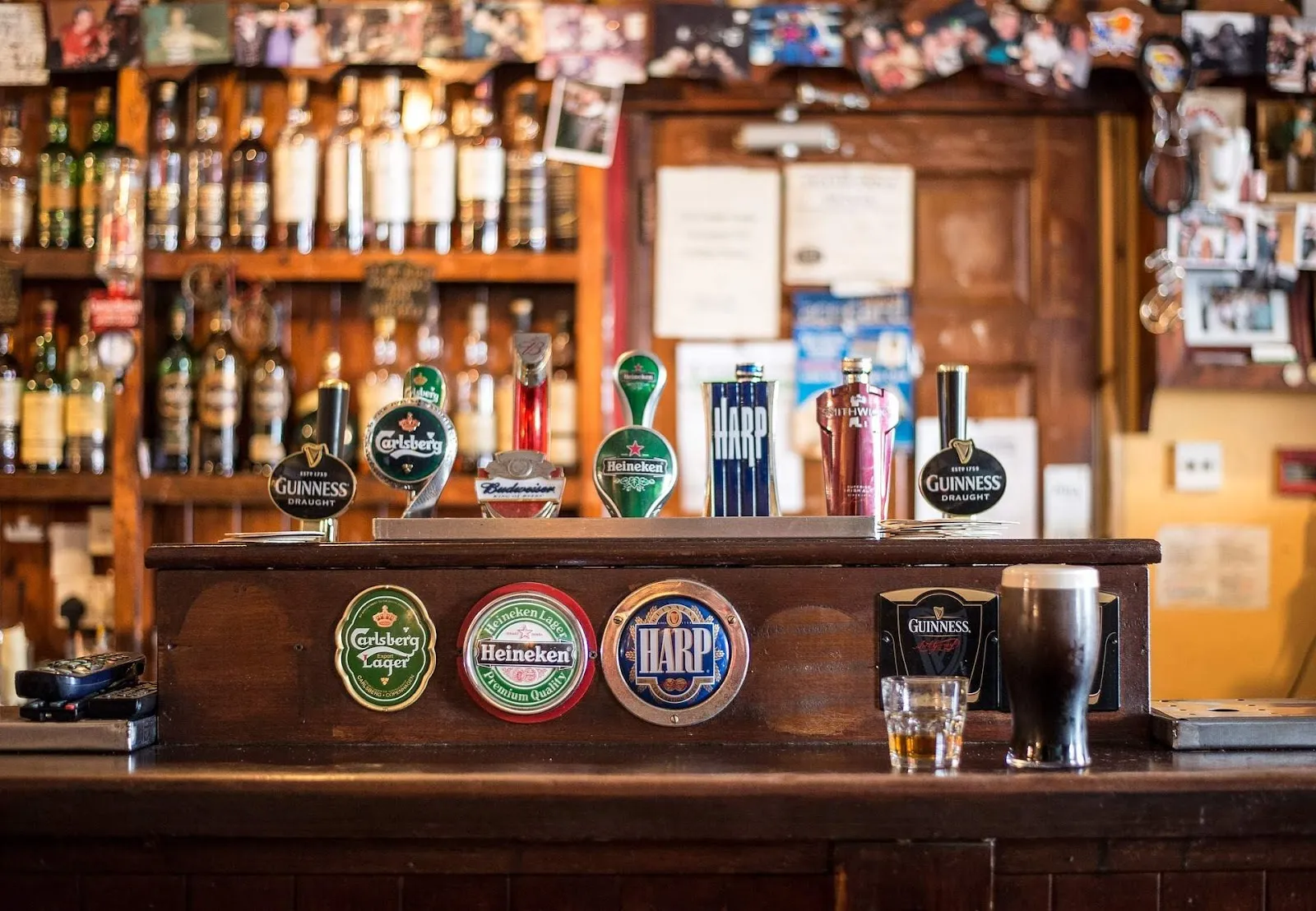
14. There are more Irish pubs worldwide than you might think!
There are an estimated 7,000 Irish-themed pubs worldwide - some more authentic than others. Some tourists consider the Craic House on Evolution Dive and Beach Resort, in the Philippines to be borderline Irish - not least because of its bamboo and swaying palm trees - but the atmosphere and 'craic' more than make up for the lack of authenticity.
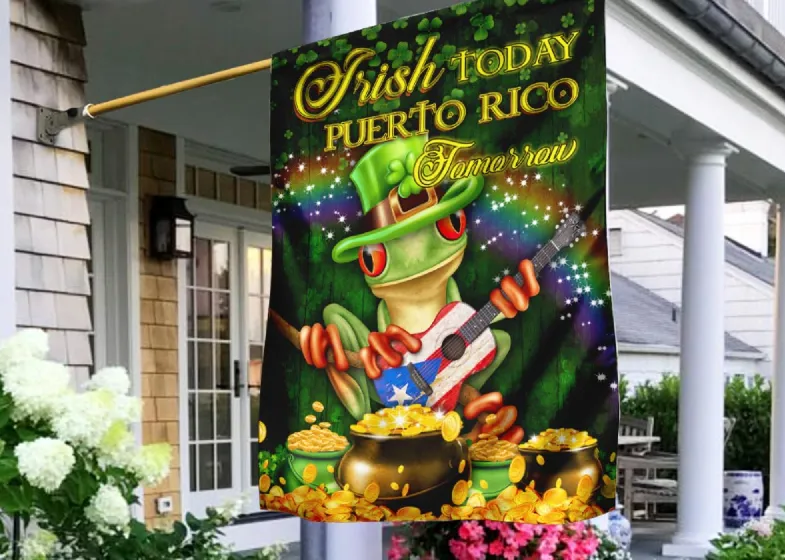
15. Puerto Rico has adopted St. Patrick’s as their second Patron Saint
Along with Nigeria and Ireland, Puerto Rico has adopted St. Patrick as their second Patron Saint (after Our Lady of Providence) and the celebrations extend over three days. San Patricio Plaza in Guaynabo, for example, runs a festival with a special ‘San Patricio’ Village including fair rides, parades, marching bands and live music. Salud!

16. Irish leprechauns are believed by some to be pigmy fairies
In Irish folklore, a fairy in the form of an old man with a cocked hat and leather apron lives in remote places and often makes shoes and brogues. In reality, leprechaun-like creatures rarely appear in Irish mythology and only became prominent in later folklore. John O'Donovan's supplement to O'Reilly's Irish-English Dictionary defines lugharcán, lugracán, lupracán as "a sprite, a pigmy; a fairy of a diminutive size, who always carries a purse containing a shilling". Leprechauns are one reason we are supposed to wear green on St. Patrick's Day although in early days they wore red.
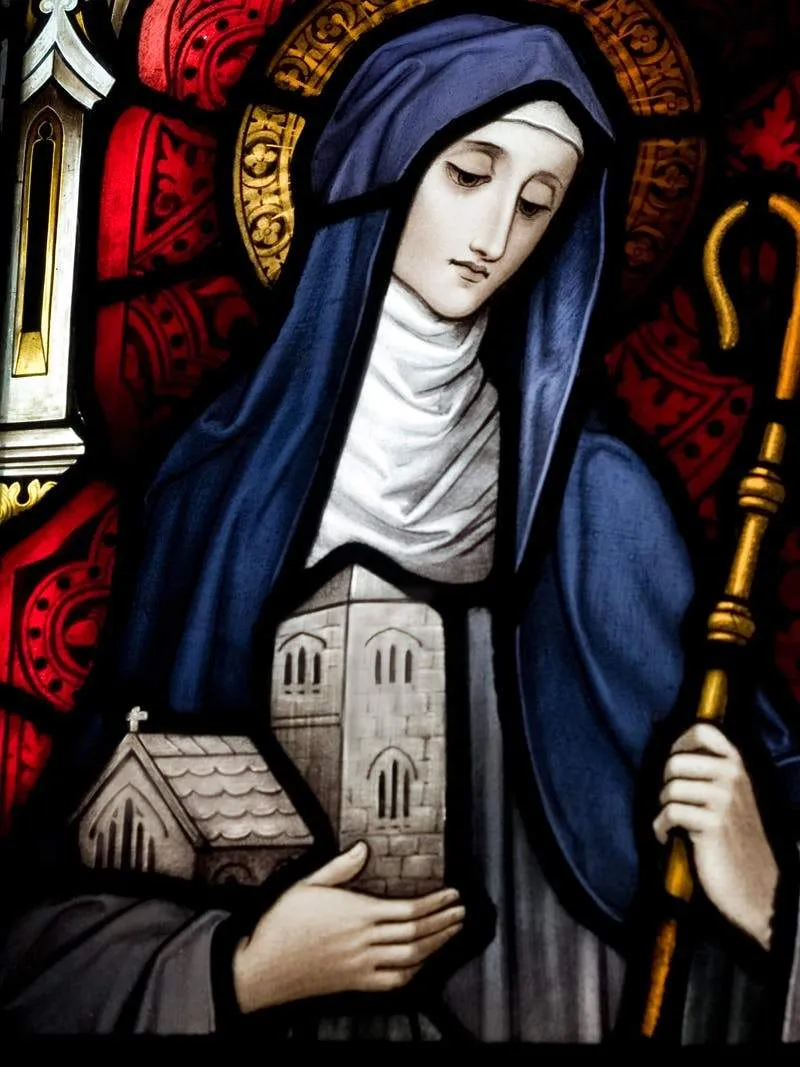
17. Ireland actually has more than one Patron Saint!
In addition to St. Patrick, St. Brigid of Kildare is also one of three Patron Saints of Ireland and she's a champion of women. If the legend is right, she and Patrick had a few heated debates about marriage and who should be able to propose a union. Ireland’s third patron saint is Columba (521-597 AD), an Irish abbot and missionary evangelist credited with spreading Christianity in what is known today as Scotland. He founded the important abbey on Iona and is the patron saint of Derry.
SPYSCAPE+

Join now to get True Spies episodes early and ad-free every week, plus subscriber-only Debriefs and Q&As to bring you closer to your favorite spies and stories from the show. You’ll also get our exclusive series The Razumov Files and The Great James Bond Car Robbery!


Gadgets & Gifts
Explore a world of secrets together. Navigate through interactive exhibits and missions to discover your spy roles.
Your Spy Skills
We all have valuable spy skills - your mission is to discover yours. See if you have what it takes to be a secret agent, with our authentic spy skills evaluation* developed by a former Head of Training at British Intelligence. It's FREE so share & compare with friends now!
* Find more information about the scientific methods behind the evaluation here.


Stay Connected
Follow us for the latest
TIKTOK
INSTAGRAM
X
FACEBOOK
YOUTUBE